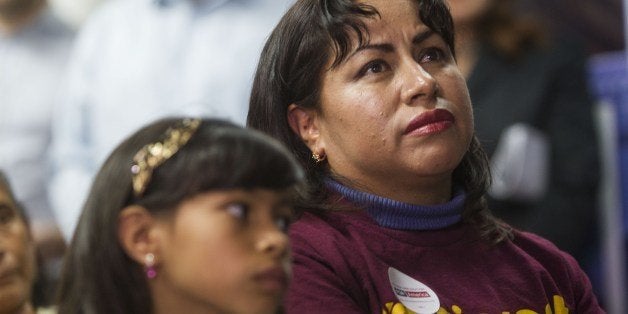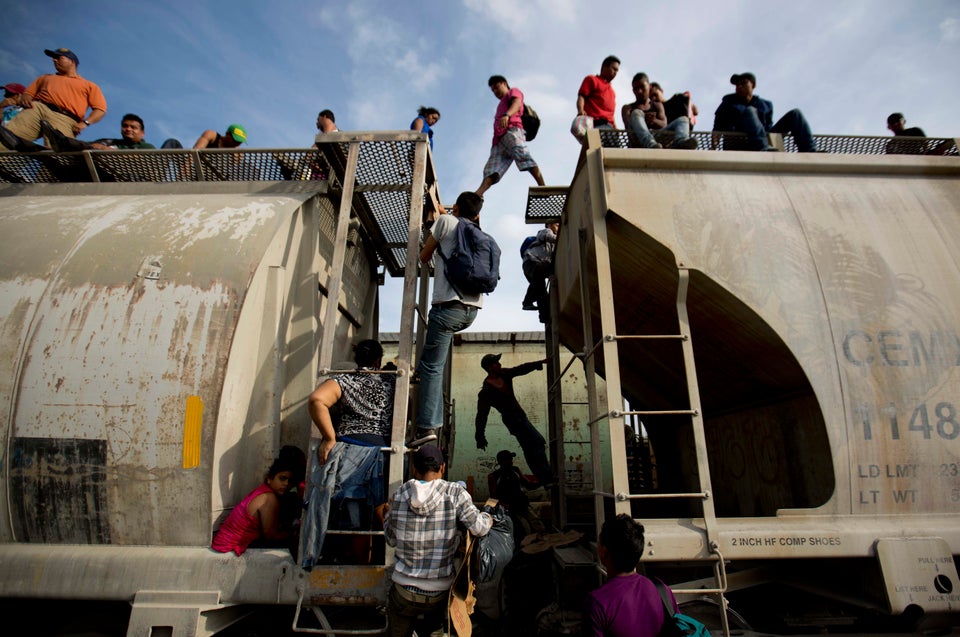
Some 40,000 children would be lifted out of poverty in California if the executive actions on immigration announced in November by President Barack Obama were allowed to proceed, according to a study released Wednesday.
The research by the University of Southern California Dornsife’s Center for the Study of Immigrant Integration says that permitting undocumented adults to work in the United States legally would help boost their earnings enough to push their households over the poverty line.
The Deferred Action for Parents of Americans program, or DAPA, is the farthest reaching of a group of executive actions announced by Obama in November to address the issue of immigration amid congressional gridlock. The program, which officials estimate could benefit about 4.1 million people, allows undocumented parents of U.S. citizens or legal permanent residents to apply for a temporary reprieve from deportation and work authorization.
“With more income in the household due to DAPA implementation, over 40,000 children could be lifted above the official poverty line,” the study says. “We also know that one of the single largest factors impacting student learning and future economic performance is parent’s socioeconomic status; for that reason, DAPA seems like the sort of anti-poverty and pro-child measure that should rally politicians from across the political spectrum.”
The estimates that total earnings for DAPA-eligible households in California would rise by $1.6 billion per year if the program were implemented. The researchers say extending work authorization to DAPA-eligible migrants would rise in wages to higher earnings in the formal job market, more incentives for job training and greater ease in finding jobs that match applicants’ skill levels.
More undocumented immigrants reside in California than any other U.S. state. Some 1.6 million children of people who would be eligible for DAPA live there, according to the study -- a figure that accounts for 17 percent of the total number of children in California. About 93 percent of the children of DAPA-eligible parents are U.S. citizens.
A federal judge in Texas issued a preliminary injunction last month blocking the program’s implementation after 26 states sued to overturn the program, arguing that Obama’s executive actions are unconstitutional.

